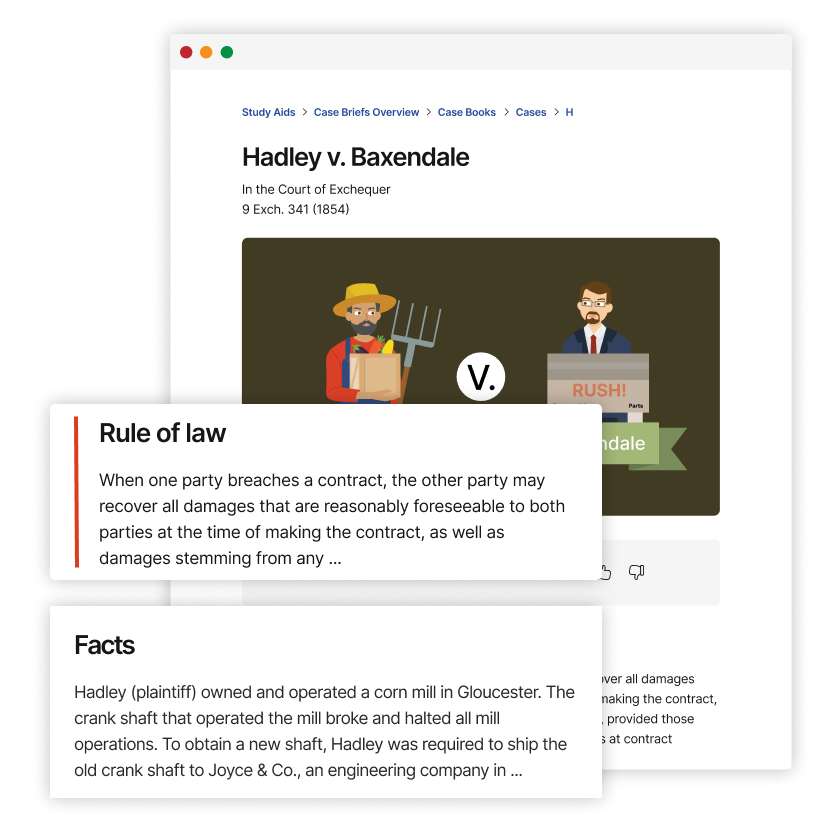United States v. Alaska
United States Supreme Court
503 U.S. 569 (1992)
- Written by Tanya Munson, JD
Facts
The city of Nome was never connected to the interior of Alaska by road and was instead dependent on seaward traffic. The region lacked a natural port, so in the 1980s, Nome developed plans to construct port facilities extending into Norton Sound. Nome applied to the Alaska District Corps of Engineers (corps) for a federal permit to build the port facilities under § 10 of the Rivers and Harbors Act (RHA). Section 10 prohibited the creation of any obstruction not authorized by Congress and forbade construction of any structure in any water of the United States not authorized by the Secretary of the Army (secretary). The corps issued a public notice and invited comments on whether the permit should be granted. A United States Department of the Interior (DOI) division objected to the permit because construction of the port facilities would result in an artificial addition to the legal coastline, affecting the state-federal boundary. The DOI Solicitor issued an opinion with the same concerns and recommended approval of the permit application be conditioned upon Alaska executing an agreement or quitclaim deed to preserve the coastline and state-federal boundary. The corps submitted the solicitor’s letter to the Alaska Department of Natural Resources (ADNR) and said a permit would not be issued until a waiver or quitclaim deed was issued to preserve the coastline and state-federal boundary. ADNR responded with a conditional disclaimer of rights to additional submerged lands that could be claimed by the state because of the construction of the port. The disclaimer also provided that Alaska reserved its rights to the accreted submerged lands pending a court decision that federal officials lacked the authority to compel a disclaimer of sovereignty as a condition for permit issuance. The corps issued the permit. The state of Alaska (defendant) announced its intent to file suit challenging the authority of the corps to require the disclaimer. Alaska argued the secretary was not authorized to consider factors other than navigability in deciding whether to issue a permit under § 10. The United States (plaintiff) filed a bill of complaint in the Supreme Court, and both parties filed summary-judgment motions.
Rule of Law
Issue
Holding and Reasoning (White, J.)
What to do next…
Here's why 899,000 law students have relied on our case briefs:
- Written by law professors and practitioners, not other law students. 47,000 briefs, keyed to 994 casebooks. Top-notch customer support.
- The right amount of information, includes the facts, issues, rule of law, holding and reasoning, and any concurrences and dissents.
- Access in your classes, works on your mobile and tablet. Massive library of related video lessons and high quality multiple-choice questions.
- Easy to use, uniform format for every case brief. Written in plain English, not in legalese. Our briefs summarize and simplify; they don’t just repeat the court’s language.




